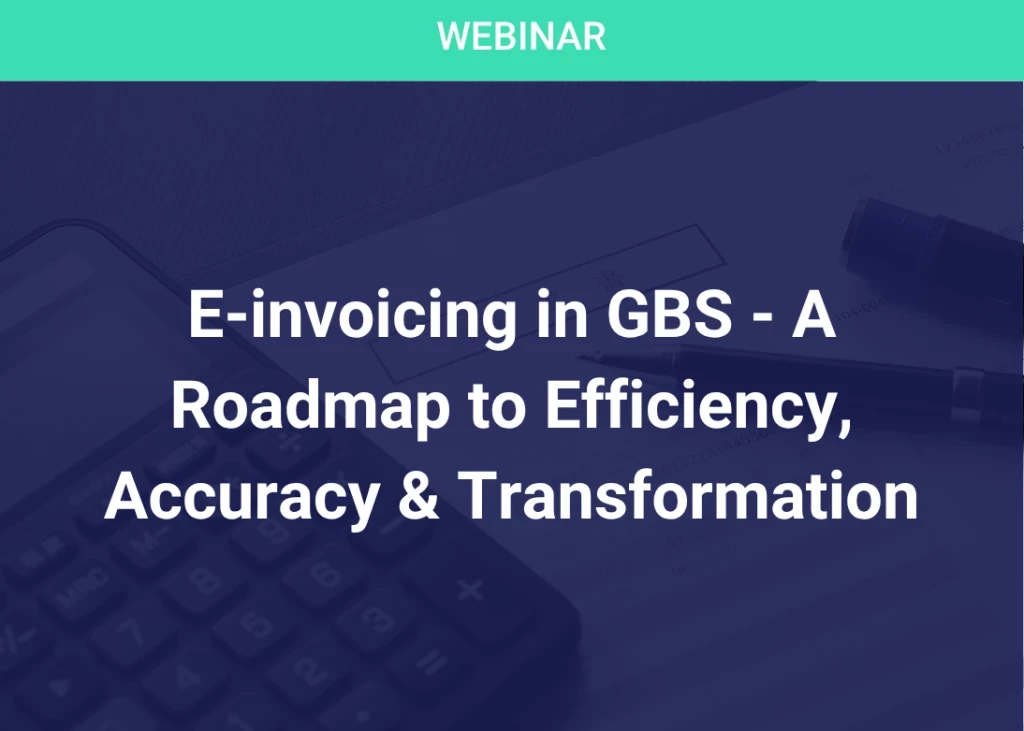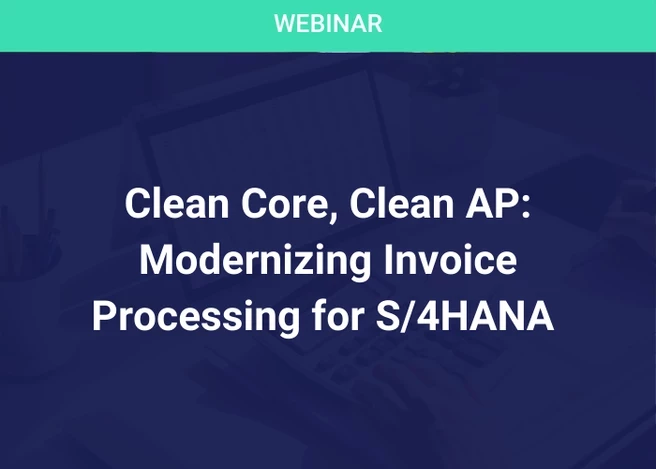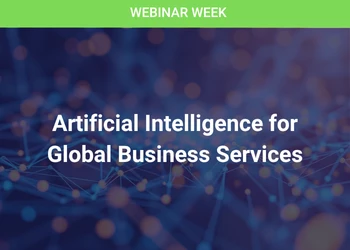How Old Processes Forged the Skills for New AI Roles
From Purchase to Pay to Product Thinking in the Age of AGI
Add bookmark
The Lessons Lurking in Purchase to Pay
The rise of Artificial General Intelligence is not creating just one new job, but an entire constellation of roles that blend technology, business, and ethics. Alongside the AI Product Manager, we now see Chief AI Officers shaping company-wide strategies, AI Ethicists ensuring fairness and transparency, AI Integrators making complex systems work together, and AI Interaction Designers rethinking how people experience intelligence in their daily work. Each of these roles answers a different need, but all share the same foundation: the ability to look at a process, understand its pain points, and reimagine it in a way that technology can truly serve people.
Purchase to Pay (P2P) is the process that spans every step from identifying a need for goods or services to making a final payment to the supplier. That covers procurement, purchase orders, goods receipt, invoice processing, and payment, all things essential in the full lifecycle of buying within an organisation. In large corporations like HP, P2P is tangled with tax compliance, the reason being that every single purchase and payment triggers obligations for accurate tax reporting, VAT calculations, and, in cross-border cases, double taxation avoidance. So just imagine, if a supplier in one country provides goods to a buyer in another, there are multiple tax jurisdictions that can claim a lion’s share, which is probably why those countries have treaties and certificates coming in.
Back in 2008, my work in P2P brought me face-to-face with those tax-related requirements every day, and it was within this space between approving purchase orders and sending emails to our customers about tax regulation, that I first began applying the product thinking that would later define something else, a new role we would call two decades later the AI Product Manager.
That all started in a back office, where I got a job as purchasing administrator clerk at HP, living inside the P2P cycle day in and day out. My world was a steady drumbeat of purchase orders, supplier invoices, and tax certificates that had to move like clockwork or, rather like a very old clock that had to be manually wound every hour. Certificates for the avoidance of double taxation were important documents for customers in cross-border transactions, and to my despair the way they were handled was a real pain. Customers printed pages and filled them manually, repeating details they had written dozens of times before, while we had to process each form individually. Errors were happening quite often, things were delayed and the process inefficient.
For most people, it was just one of those things you had to accept in life. For me, it felt more like an open invitation. What if this could be simpler? I had my background in Digital Product Management at MTV and digital agencies in Brazil, so the next thing was approaching the problem as a product challenge. I didn’t just want to fix a form but to redesign an experience. This was a way to apply principles from creative industries, and bring it to corporate process management.
Skills that Matter
Market Research and Competitive Analysis might sound overblown for something as small as an internal tax certificate process, but it was exactly what I did. I studied how other teams handled similar paperwork, how customers interacted with our system, and where mistakes most often occurred. Then I compared practices across regions because I was handling that only to customers in Portugal and Spain. Language barriers and local tax requirements created subtle variations that a one-size-fits-all form could not accommodate, so I decided to focus my findings in terms of user needs: they wanted speed, accuracy, and less repetition. With that insight, I mapped a high-level product strategy and roadmap, starting with design of an executable file using Macromedia Flash and some basic Javascript, then prototyping, testing in a safe environment, conducting User Acceptance Testing and finally, releasing into production. That translated to my new reality meant working at home, checking the novelty with HP Tax managers in Spain and pitching my supervisor.
I had some knowledge of Product Design and User Experience that came in handy. The output of a couple of days working on that was an application that automatically generated certificates using existing customer data, so they only had to confirm the information instead of retyping it. The interface was simple and clear, designed for people who didn’t want to think about the tool, only the task. When we launched, the feedback from customers and HP’s tax managers in Spain was overwhelmingly positive. What had once been the most boring work on Earth became better, fast and more reliable. The efficiency gains were obvious, but more importantly, we had removed friction from people’s daily work.
Looking back, I realize that this was not very different from the work of any Digital Product Manager. The skills I used to identify patterns in process inefficiencies and structure solutions that can be used elsewhere already existed. That’s a balancing act between business requirements and user experience, and how to orchestrate change with careful rollout and feedback loops. At that point in time, AI existed since the 1960s but commercially was still a buzzword, not a fully integrated capability in enterprise systems. People barely knew what to do with the Internet however the mindset, the willingness to question the status quo, to connect dots between technology and business
need, and to shepherd a product from concept to impact was already there with all sorts of multimedia and web product managers.
Now we have advances in Artificial General Intelligence (AGI), so the AI Product Manager role has emerged as a bridge between technical capabilities embracing AI and business strategy. Artificial Intelligence is not here to get people’s jobs, it is here really to transform the way we all work because of technology. Similar shifts happened before with automation in manufacturing, ERP systems in operations, the internet in communications. Each time jobs changed and evolved, and new job titles like AI Product Manager are born from the need to guide these technologies responsibly and effectively.
Enterprise Product Management and Market Research
Digital Product Management is critical as a skill because the products are not just code but come embedded in the operational and compliance frameworks of the organisations that are deploying them. Those products need to align with strategy, risk management, and governance but that alone is not enough. Market Research and Competitive Analysis help Product Managers understand not just who the competitors are, but how competing algorithms perform, what datasets they rely on, and where differentiation is possible. This is not the kind of market research you can run once but all the time. That’s continuous, because the landscape with emerging technology now shifts almost weekly.
Product Strategy, Ethics and User Experience
Product Strategy and Roadmapping take on new urgency in AI because models evolve over time. The roadmap is no longer just a release calendar with sticky notes on a board, here’s a breathing beast, living for a continuous improvement plan, retraining, and checking more than often about ethical oversight. Product Design and User Experience (UX) ensure AI interactions remain clear, easy to explain, and something people can trust, very different from the black-box perception that can erode confidence from sponsors and users. Launching a product and deciding what to do after that’s launched remind us that in any digital product, delivery is the beginning and not the end. There’s Models drifting, user behaviour changes, regulations shifting right under your nose. That said, without ongoing monitoring and adaptation even the best AI products can falter.
Finding new Answers
These principles have deep roots in traditional product and process management, so there’s nothing really new. What is different today is the scope and pace of change. An AI Product Manager can be tasked with making decisions that merge the certainty of process with the unpredictability of learning systems, but to be honest without stable, reliable processes the outcomes can be disastrous. Knowing enough about algorithms to understand their strengths and limitations, and taking the same approach about business to align outcomes with goals is still requiring the understanding about people to ensure the solutions truly serve those they are meant to help.
My small win at HP was a reminder that innovation often starts with the processes everyone takes for granted. In the same way, the new roles of today must look at familiar workflows and imagine how intelligence can make them better. The job is not to replace people but to free them for the work that machines cannot do: building relationships, exercising judgment, and perhaps solving new problems that we never saw before.
For business service leaders, the future will belong to those who can combine the rigour of process with the adaptability of innovation. AI Product Manager is just an example, any new role created in this brave new world embodies that combination. The origins can be traced back to the quiet corners of process improvement, where inquisitive people started to ask good questions and decided to find out, before the prompt.
Continue your Process Excellence journey...
Transformation depends on the strength of your processes. Join the Process Excellence Program at the 30th Annual Shared Services & Outsourcing Week conference (March 16–19, 2026, Orlando, FL) to see how top SSOs are turning standardization and analytics into strategic advantage.
Learn More

























